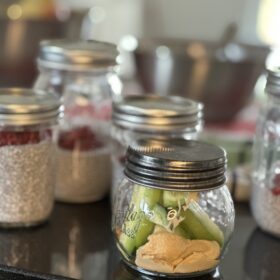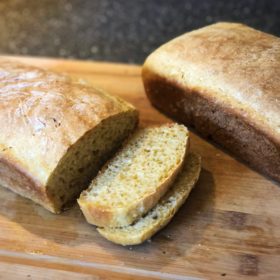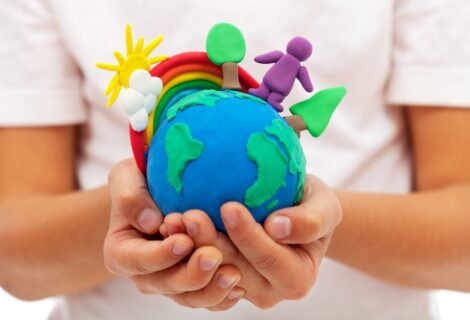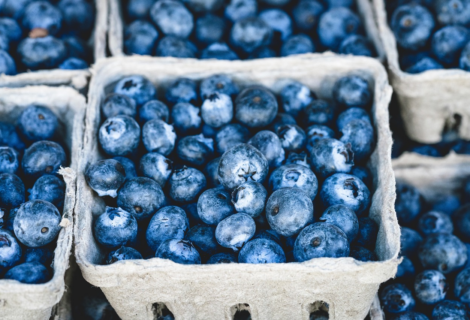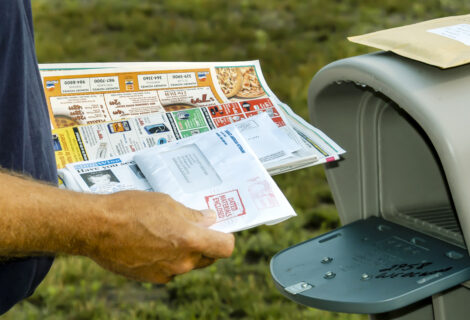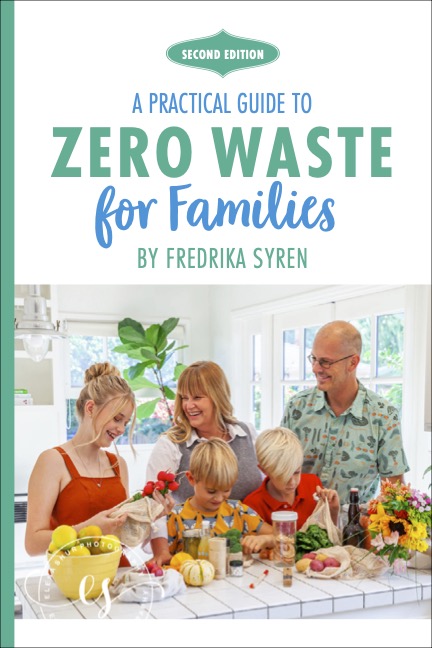5 Sustainable Swaps to do at home
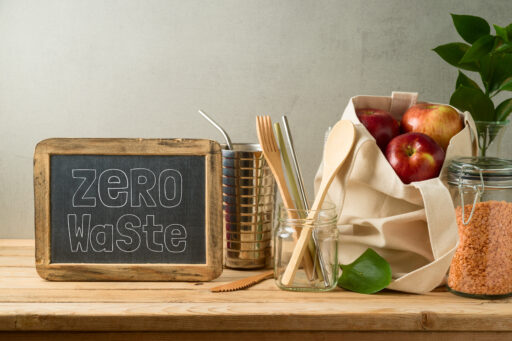
With a new year beginning tomorrow, many look to live more sustainable in the next year so I got a request for my 5 sustainable tips so here they are.
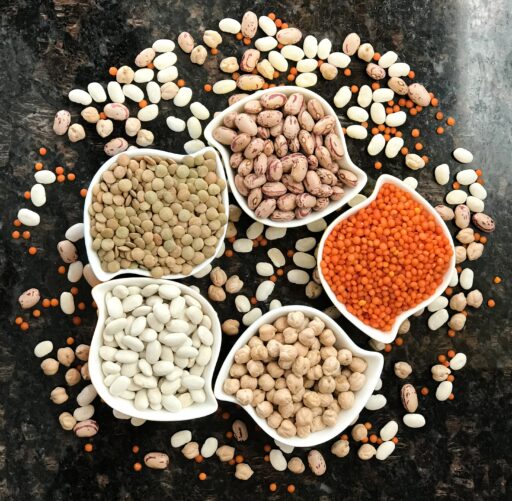
Eat more beans—I’m not saying to give up on meat completely, but beans should have a place on our plates because they are one of the most climate smart foods.
First of all, beans are pretty drought resistant. For those of us growing food in San Diego, where most of the year it’s pretty dry with hot sun, beans are a perfect crop. Once planted, they can produce lots of beans. Some can be eaten raw; some should be cooked; and they can dried for preservation. Make sure to save some beans for the next season’s planting.
Beans are unique: they actually fertilize the soil as they grow because the roots capture, or fixate, nitrogen from the air and transfer it into a usable form in the soil, and work with microorganisms there to feed nutrients to the soil. This is known as green manure. As a matter of fact, long ago (before we had synthetic ammonia) farmers used beans and manure, mulch and guano as a source of nitrogen for the crops.
Another great reason for growing beans and eating them is that beans have a pretty small carbon footprint. Replacing beef with beans could provide major environmental benefits. Meat production creates a huge negative impact on the planet, so swapping beans for beef could significantly reduce greenhouse gas.
The final reason for eating more beans is for the nutritional powerhouses they are. Beans are not only high in protein (without the cholesterol) and fiber but also contain important nutrients like folate, zinc, iron, magnesium and antioxidants.
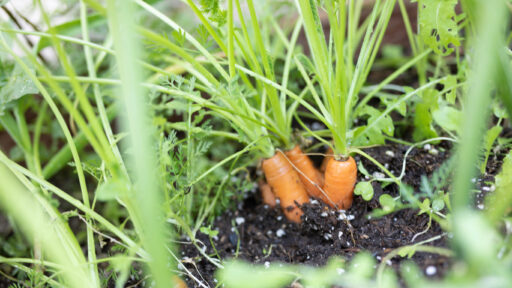
Grow something-no matter if you plant a vegetable garden, growing herbs and lettuce in pots on your patio or balcony or grow sprouts or micro greens indoors, it will have a positive impact and you will lower your carbon footprint. Furthermore, plants eat carbon so anything you grow will help clean the air and it’s one less food you have to buy from the store.
When you grow your own food, there is no need for plastic packaging which will reduce fossil fuel inputs. Pesticide and other chemical inputs can be much less in a small, well-tended garden than even a small farm or an indoor garden.
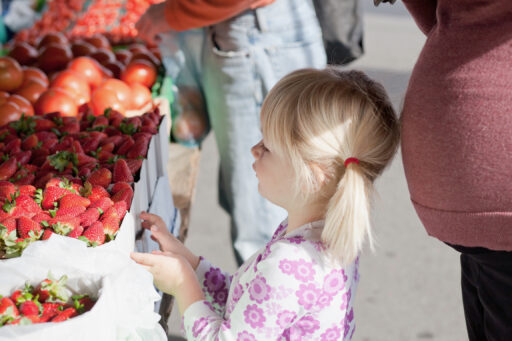
Shop locally—find a local farmers market if there isn’t one, focus on buying local food at your grocery store. Also, buy locally made products and gifts. There are many reasons for doing this, including freshness, taste, nutritional value, support of the local economy and building relationships with the farmers who grow our food. Another equally important reason to buy locally produced food is the carbon footprint of imported and heavily packaged and processed food.
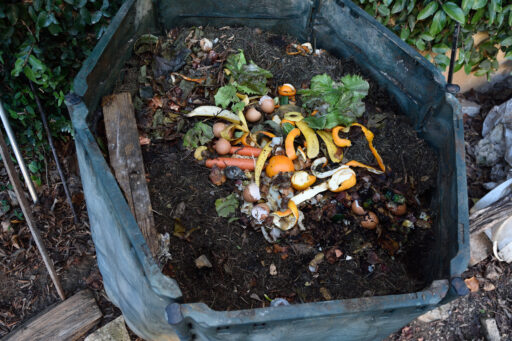
Start composting—curbside compost, build your own compost or get a compost service. The sad truth is that more than 24% of the garbage that Americans throw away is food waste which is then taken to an overflowing landfill. Most people assume that food waste that goes to a landfill will simply decompose.
The problem is that food in a landfill becomes a environmental problem. Since the food waste there decays without oxygen and moisture, methane is generated. This greenhouse gas is 21 times more potent in its heat-trapping capabilities than carbon dioxide. Composting is a great way to keep organic material out of landfills, thereby avoiding climate-warming gases generated by organic materials in landfills.
The fact is that food waste and garden waste can serve a much better purpose anyway. Compost can be used instead as a natural and very rich fertilizer for both food production and for growing trees, plants, lawns and flowers. The main point about compost is that it benefits the planet instead of harming it.
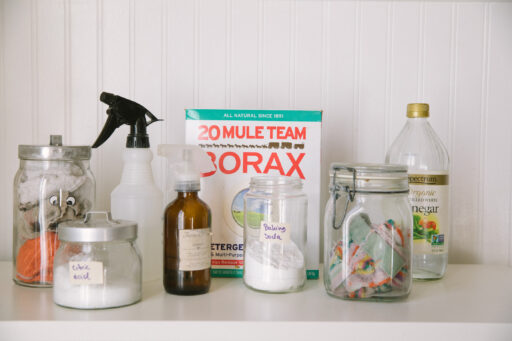
Make your own cleaning supplies— Chemicals in traditional store-bought household cleaners linger in the air that we breathe. Household cleaners with chemicals are not safe for children, pets or us because they enter our bodies by absorption through the skin or through ingestion of household dust and chemical residues left on dishes and cutlery. After we’ve finished cleaning and these chemicals are flushed down the drain, they cause great damage to the environment, our oceans and wildlife. you can easily make your own household cleaners by using combinations of a few simple ingredients. You probably already have most of them in your home and here are some of my recipes. Also, make your own rags from old t-shirts while you’re at it.
If you want to learn more about zero waste swaps check my post about that here and here is one about zero waste swaps on a budget.



